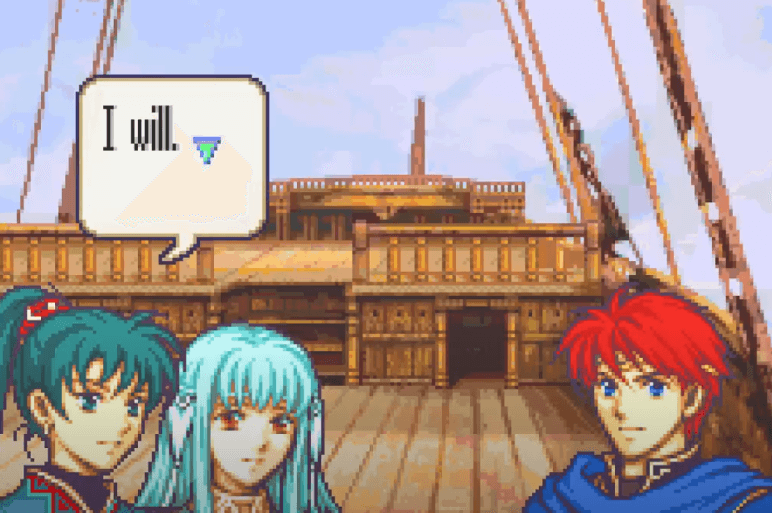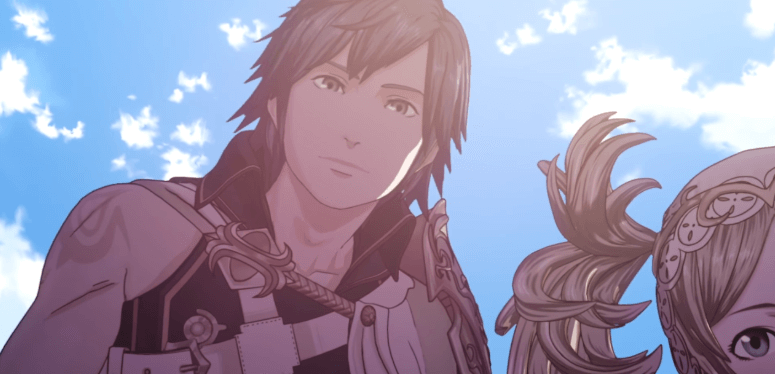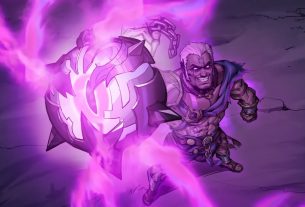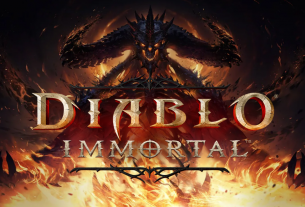One of the classic games that defined strategy games today is the Fire Emblem series. It is a game that combines the concept of chess-like strategy and role-playing elements. While not the first of its kind, it became one of the defining factors of tactical RPG games today.
One of the main features that made the game stand out against others of its genre is the grim permanent death feature, more commonly known as permadeath. Permadeath is a term used for games that have characters suffer a doomed end. This means that when a character dies in-game, they can never be revived throughout the entire playthrough.
This feature makes the series not only unique but challenging to most players. Gamers have mixed feelings about this feature—some hate it, while others welcome it as a new challenge.
A Closer Look on the Fire Emblem Series
Fire Emblem was first released in 1990 under the title Fire Emblem: Shadow Dragon, and Blade of Light for the Family Computer in Japan. It’s not the first of its kind in the tactical RPG genre, but it became one of the foundations for its archetypes. Many tactical RPGs today take inspiration from this classic title.
The game remained exclusive in Japan for twelve years and only reached Western shores when the developers released their seventh title, Fire Emblem: The Blazing Blade. Its western title is simply called Fire Emblem. During the first few years of its Western release, the game only got mediocre sales. However, it remained a huge hit in Japan.

It wasn’t until they released Fire Emblem Awakening for the Nintendo 3DS that they achieved massive success for the franchise. This success led to more titles in the series, including the newer ones we enjoy today.
The series is exceptionally done. Each title has its own unique stories, including character developments, and a unique relationship feature where characters can enter an intimate relationship, and possibly marry in the future.
These relationships can have effects on the battlefield as well, such as assisting their partner and giving stat boosts to gain an advantage in combat. While the story and RPG elements of the series are something to look forward to, there is another feature that keeps some players away from the game.
The Grim Feature Of Permanent Death
One unique yet grim feature of Fire Emblem is its permanent death feature. To put it simply, when a character dies in battle, he/she dies permanently. You will no longer have the option to use that character in future levels. When it dies, it creates a ripple in the game’s storyline and ultimately affects the interaction between characters.
It’s one of those features that force players to live with the consequences of their actions. One wrong move could lead to a character’s death, which would ultimately reflect on your tactical skill. You then have the option to progress through the story without said character or restart the stage again through a save file. You can replay and find another tactic to let him live.
I believe this feature contributed to the earlier titles’ mediocre sales, as not everyone welcomes the permadeath feature. Others fell in love with the series because of that. It did not just provide a unique challenge, but it also lets players see a different side to the story when one or two characters are missing.
Regardless, the later titles of the series included Casual and Classic modes where players have the option to choose to turn the permadeath feature on or off. The very option is available in Fire Emblem: Awakening, as well as the succeeding titles. Shortly after this feature was introduced, the role-playing game gained massive popularity. Making the permadeath feature optional was all it took to attract more players of the game.

A Game Writer’s Thoughts on Permadeath
I am the kind of gamer who loves a good challenge, and I fell in love with the Fire Emblem series when I first grabbed Fire Emblem: Blazing Blade for the Gameboy Advance. The permadeath feature made me think twice about a certain tactic, but at the same time, it also frustrates me when I end up losing a character I want to keep. By then, I would load the previous save, and start over.
I wouldn’t consider permadeath as an actual turn off, but I understand why gamers shy away from it. No one wants to grind a character to reach max level, only for it to die in the end. And no one wants to play the same stage over and over again just to keep it alive.
But personally, the game’s story, character development, and gameplay mechanics are enough to outweigh the frustration brought by the permanent death feature. If you’re a fan of great storytelling mixed withtactical RPG elements, then you should give Fire Emblem a shot.




